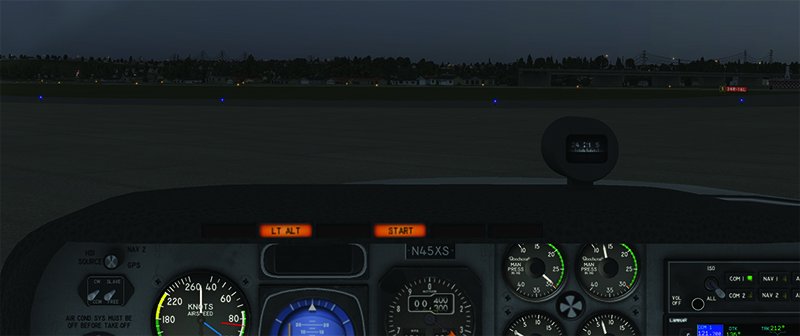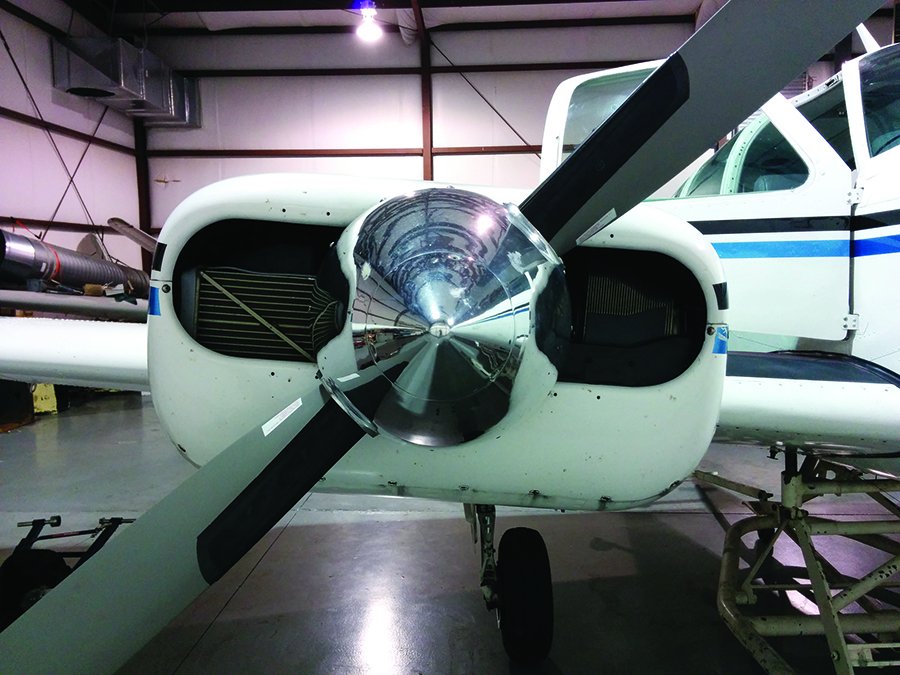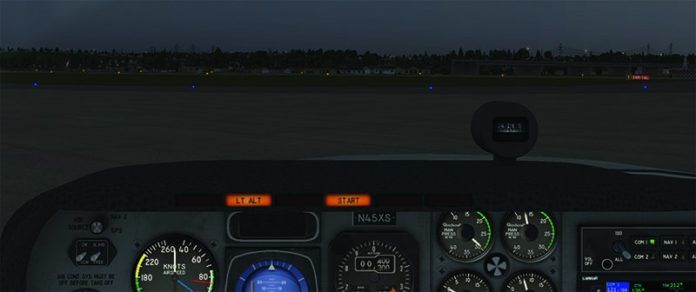I hope it won’t come as a shock to learn magazine editors don’t always practice what they preach. Kind of like fat-cat politicians urging austerity for the proletariat, we aren’t always as prolific in our flying as we may seem, or as we encourage others. In fact, over the last couple of years, competing and conflicting priorities conspired to keep me and my airplane on the ground much more than was good for either of us. I recently decided to fix that, and came away with some observations that long-time pilots may have forgotten, and some newbies may hear for the first time.

Instrument Work
For example, it had been a while since I felt comfortable flying instruments. Thanks to friendly instructors, I’ve had no problems getting through an instrument proficiency check (IPC) as required to file and fly IFR, but I wasn’t seeing enough IFR to avoid needing one. My skills and overall proficiency were fine when poking through an overcast with good VFR under or above it, but I had no intention of shooting an ILS to minimums. I just wasn’t good enough at it. Thankfully, Florida’s reputation for good weather and some judicious flight planning meant I didn’t have to. But, it’s a skill I wanted back, so I set out to fix that.
I scheduled some quality time with an instrument instructor and we set out to polish up the skills I still had, but which had atrophied. We started out on a desktop computer running the flight simulator application X-Plane. Although I’ve spent my share of time trying and succeeding at crashing a PC-based sim, I was skeptical some software, a large monitor and a joystick would (re-)make an instrument pilot out of me. I was wrong, and we successfully used the sim to markedly improve my instrument scanning skills without burning a drop of 100LL.
Once I was climbing, diving and turning the sim without too much drama, we moved on to approaches. Sims, I quickly remembered, are much more demanding—twitchier—than the real thing, which helps make them good training tools. Soon, we graduated from the desktop to the airplane, repeating all the stuff I’d learned to do on the sim but had to re-learn in the airplane.
With holidays, personal schedules and weather, it’s taking a while longer than I’d hoped. My logbook shows about five recent hours of hood time, including basic maneuvers and seven approaches. While I’m comfortable again, I’m still not where I want to be. The cockpit flow to set up an approach isn’t as smooth and error-free as I want it, and the last couple of hundred feet on an ILS aren’t rock steady, either. I also want to tighten up my altitude and heading tolerances: If I can maintain 100 feet and 10 degrees within what’s desired, I also can hold 50 feet and five degrees, or fewer. It’s just a matter of practice.

Twin Time
Meanwhile, I earned my multi-engine rating back in the 1980s, but never really did anything with it. Since passing the checkride, I have a smattering of twin time in a few airplanes, mostly with an attentive owner closely watching my every move to ensure I didn’t break their pride and joy. But I never had the opportunity to actually use the rating until a few months ago.
A friend-of-a-friend situation led me to an underutilized Beechcraft Baron. Its owner and I struck a deal to cover time and insurance, and yet another instructor-friend offered to check me out in it. Since the Baron is little more than a heavier, thirstier, double-breasted version of my Debonair, I knew the systems, how it handles and what to expect.
More sim time ensued, this time in an FAA-approved device with motion, set up to simulate a King Air 300. Then, after a couple of hours of bangs and goes in the real thing, plus a half-dozen or so simulated engine failures, the instructor said I was good to go. Really? Let’s see: I’m rated for the aircraft, I have a current medical, flight review and IPC, and three landings in the preceding 90 days. Legally, I can launch into low IFR with all six seats full.
But there’s no way I was going to do that. I absolutely did not feel confident in that airplane without someone looking over my shoulder, even in good weather. Instead, I prevailed upon another close friend and CFI to ride shotgun with me for a few hours of normal operations until I felt like I knew what I was doing. After some more experience in the airplane, my confidence was much higher. The CFI made a few suggestions, shrugged his shoulders and echoed the first instructor: I was good to go.
The additional couple of hours in the airplane and some practice approaches had me much more comfortable and confident. I ended up playing with it on my own for a few days and came out the other end of the process with something I never had before: solo multi-engine time, some of it in for-real instrument conditions. But I’m still not interested in loading it up and launching into serious weather. Maybe that’ll come. Maybe it won’t.
The punchline in all this is the difference between being legal and being safe. I was legal to file and fly instruments, but I wasn’t safe in all circumstances. I’m still not, but I’m getting there; talk to me in a couple more months. Likewise, after three landings in a twin, I might have been legal, but there’s no way I was safe. Like Dirty Harry told us years ago, we have to know our limitations. A healthy respect for what can happen helps, as does acknowledging that we’re really not that good.
The FARs present minimum requirements. Even when we meet them, they are no guarantee we’ll always stay out of trouble.
— Jeb Burnside




